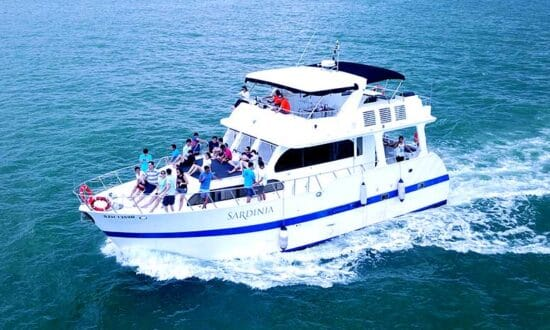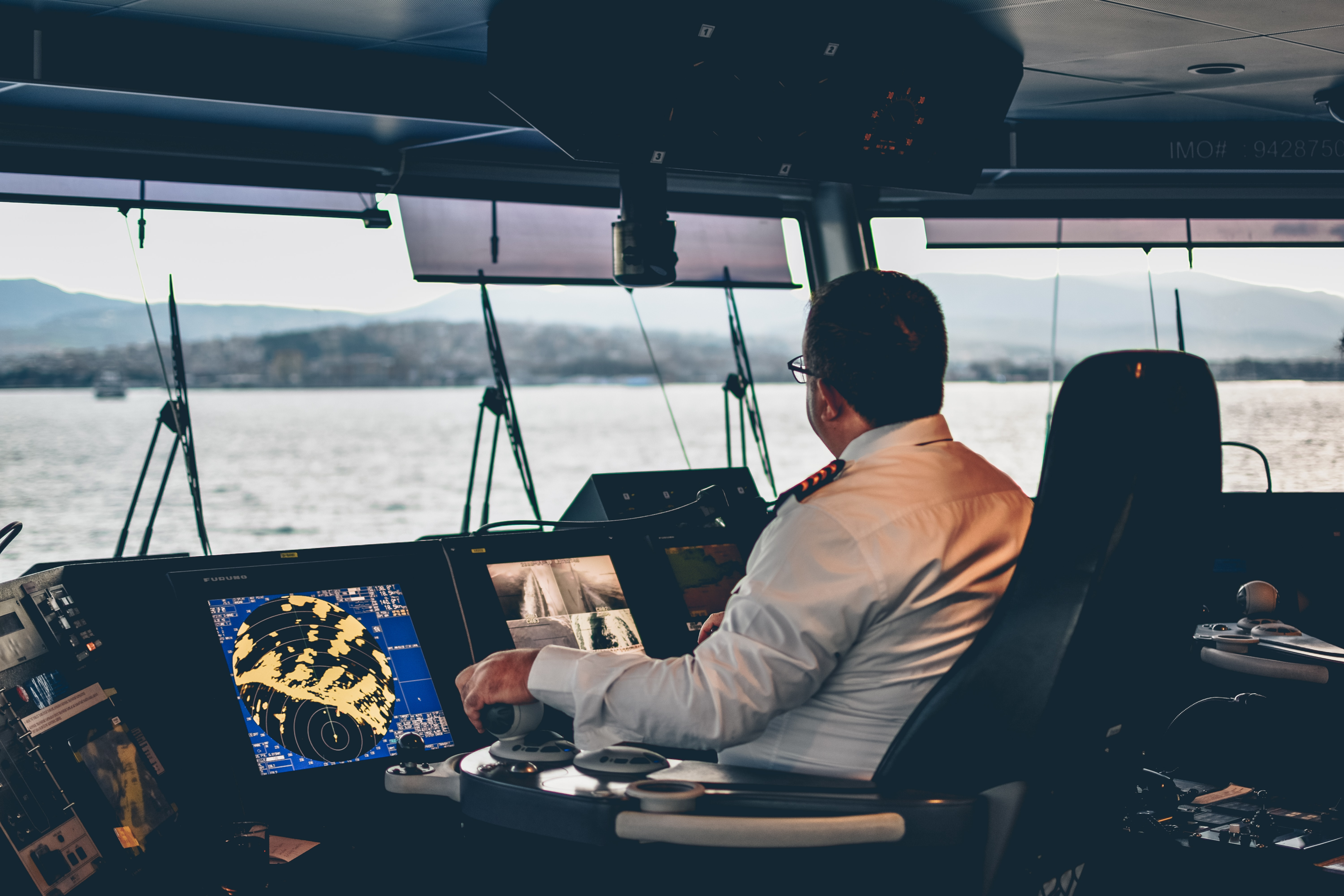Nothing can spoil a dream cruise or vacation at sea like seasickness. Many sailors, no matter how many times they’ve been to sea, can still suffer from seasickness due to the ship’s motion. It’s like an amusement park ride that never ends.
The good news is that there are ways to avoid or lessen the effects of seasickness. Read this article to find the recommended practice to avoid seasickness.

What causes motion sickness?
Anyone who has ever been on a boat knows that the motion of the waves can sometimes cause queasiness. This feeling, which is often colloquially referred to as “seasickness,” is actually a form of motion sickness.
Motion sickness occurs when the inner ear senses motion that is inconsistent with what the eyes are seeing. This discrepancy between the two senses can cause this seasickness. It’s a conflict between what your eyes are seeing and what your body is feeling. When you’re on solid ground, your eyes and your body are in agreement – you see the ground moving, and you feel it moving beneath you. But when you’re on a ship, your eyes tell you that you’re stationary, while your body is experiencing the rolling motion of the waves. This discrepancy is what causes seasickness.

Sea sickness is especially common on small boats, where the constant motion can be particularly unsettling. However, even larger vessels can sometimes cause motion sickness in susceptible individuals. To ensure the most comfortable experience on board, find out which type of boat would suit your preference and itineraries.
Seasickness symptoms
The symptoms of seasickness can range from mild to severe, and they can make even the most experienced sailor feel miserable. The most common symptom of seasickness is nausea, which can often lead to vomiting.
Other symptoms include:
- Cold sweats
- Dizziness
- Fatigue
- Headaches
- Irritability

How to prevent seasickness
If you’re planning a yacht charter, one of your top concerns may be managing seasickness. Seasickness is a common problem for first-time yacht renters, and even experienced boaters can find it challenging to manage.
However, there are some simple tips that can help you stay comfortable on your charter,
- First, be sure to talk to us about the best way to manage seasickness. We have specific tips or suggestions that can help you stay comfortable.
- Second, try to get your sea legs before you set sail. Spending some time on a smaller boat can help your body adjust to the motion of the waves.
- Finally, don’t forget to pack any medications or other items that can help you manage seasickness.
With a little planning ahead, you can enjoy a comfortable and enjoyable yacht charter experience.

Useful habits before and during the trip
Before the trip:
- Plan your diet – If you’re planning a cruise, one of the things you’ll want to do is plan your diet carefully to avoid getting seasick. There are a few things you can do to help prevent seasickness, and one of them is to eat the right foods.
- Some people find that ginger helps settle their stomachs, so you might want to try eating ginger candy or drinking ginger ale before you set sail.
- You should also avoid greasy, spicy, or acidic foods, as they can make nausea worse. Instead, focus on eating bland, easy-to-digest foods like crackers, bread, rice, and bananas.
- Instead of eating too much or not eating at all (empty stomach), try to eat a light meal before you board the ship.
- Make sure to stay hydrated by drinking plenty of fluids. Try drinking plenty of water and avoid alcohol.
- Plan ahead before setting sail on a yacht for your next vacation – First, book your yacht when the winds are moving in the same direction as the yacht will be travelling. This will minimise the amount of rocking and rolling. Second, try to sail during calm weather conditions. If the sea is rough, there is a greater chance of becoming seasick.
- Over-the-counter medications – For many people, the thought of getting on a boat is enough to make them queasy. If you’re one of those people who gets seasick, there’s no need to despair.There are a number of effective medications that can help prevent or relieve seasickness. Most of these medications should be taken a few hours before embarkation, in order to give them time to take effect. Common side effects include dry mouth and drowsiness, but these are generally mild and should not last long.

During the trip:
- Getting fresh air – When it comes to seasickness, getting some fresh air is one of the best things you can do. Being out in the open air can help to relieve nausea and orient yourself. In addition, fresh air can help to clear your head and give you a better sense of balance. Spending time outdoors is often recommended as a way to minimise seasickness. Of course, it’s not always possible to get outside when you’re feeling nauseous. If that’s the case, try to stay near an open window or door to get as much fresh air as possible.
- Distract yourself by playing or listening to music – When it comes to coping with seasickness, there are a variety of strategies that people can use. For some, playing music or other forms of distraction help to take their mind off of the rocking motion of the boat and minimise nausea. Others find that looking at the horizon helps to stabilise their vision and reduce dizziness. And still, others find that simply lying down and closing their eyes is the best way to ride out the waves of nausea.

- Reduce screen and reading time – One way to reduce the chances of seasickness is to minimise screen time or reading time. Although it can be tempting to spend hours browsing the internet or reading a book, these activities can actually exacerbate symptoms. Instead, try to spend some time outdoors where you can focus on distant objects. This will help your eyes to adjust to the movement of the waves and reduce uncomfortable symptoms.




